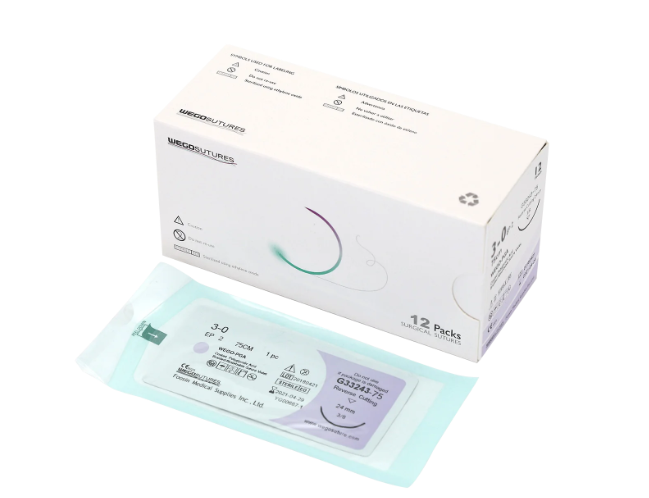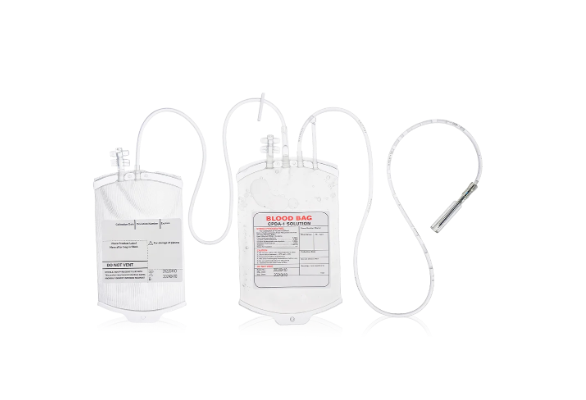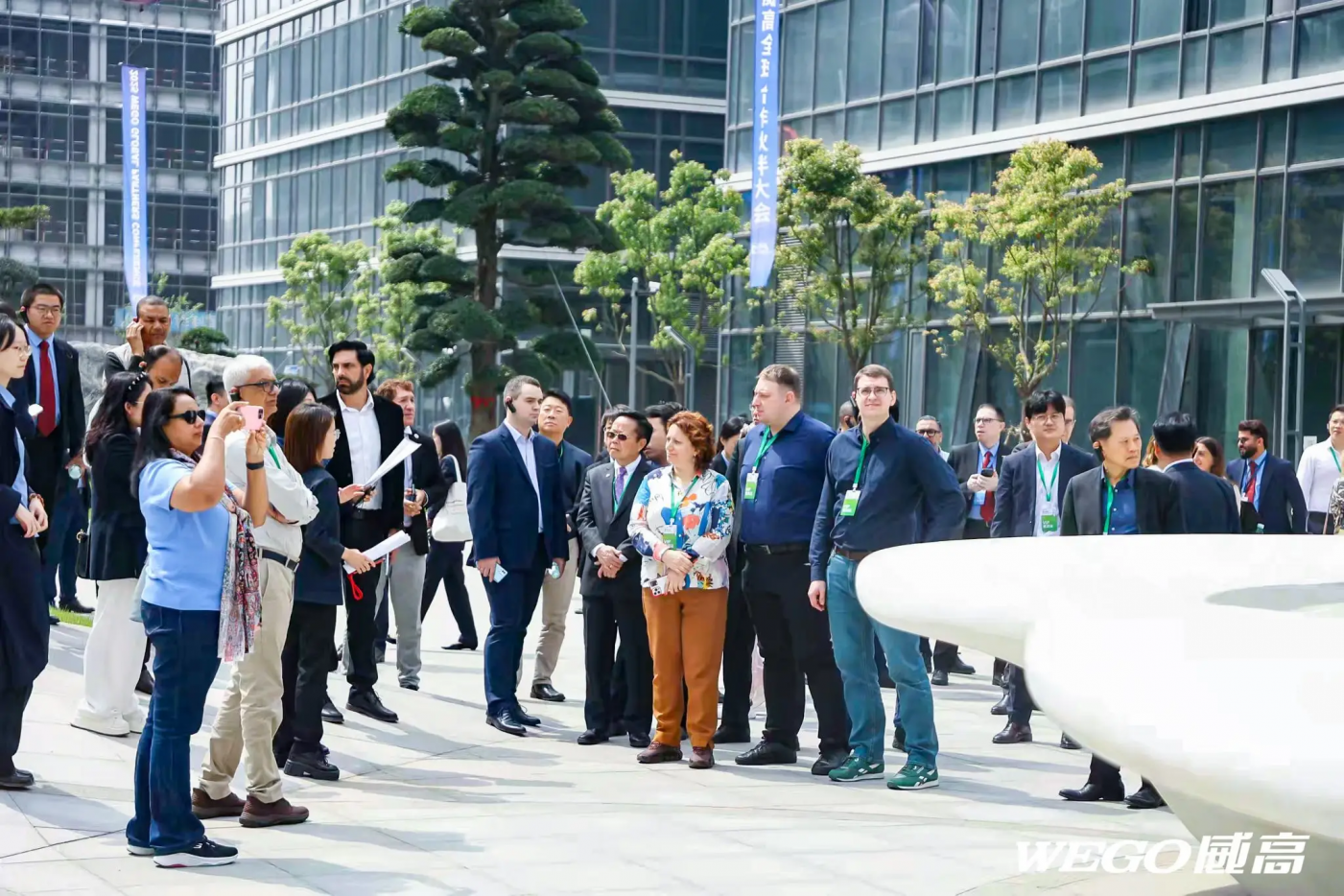When it comes to surgical procedures, the choice of suture plays a crucial role in patient recovery. At WEGO Medical, we understand that surgeons and healthcare professionals often seek clarity on how long it takes for a polyglycolic acid absorbable surgical suture to degrade. Our team emphasizes that the absorption rate is not uniform and can be influenced by multiple factors, making it essential to consider patient-specific conditions and surgical requirements when selecting the appropriate suture.
Factors Influencing Suture Degradation
One of the primary elements affecting the breakdown of an absorbable surgical suture is the tissue environment in which it is placed. Areas with higher blood supply tend to accelerate hydrolysis, while regions with reduced perfusion may slow the process. Additional factors, including local pH, enzymatic activity, and tissue conditions, also influence how quickly a polyglycolic acid suture loses tensile strength. These variables highlight the importance for surgical teams to carefully evaluate not only the type of suture but also the anatomical site, local tissue characteristics, and the nature of the procedure to predict absorption behavior accurately. Understanding these interactions helps optimize wound support and minimizes complications related to premature or delayed degradation.
Material and Manufacturing Considerations
The composition, structure, and quality of the suture itself are key determinants of absorption timelines. Factors such as suture diameter, monofilament versus braided structure, and polymer formulation can all affect degradation, with thicker or braided sutures typically absorbing more slowly than thinner or monofilament counterparts. Adherence to manufacturing standards, such as ISO, CE, and FDA, ensures consistent material performance, sterility, and controlled absorption rates. While high-quality production processes support reliability, clinicians must still consider how variations in suture characteristics interact with tissue environment and surgical needs to achieve optimal wound healing outcomes. In some cases, consulting with manufacturers such as WEGO Medical can provide additional guidance regarding suture selection for specific procedures.
Surgical Technique and Handling
The method of placement and the tension applied during suturing significantly influence the absorption rate of absorbable sutures. Improper knotting, uneven tension, or excessive stress on the tissue can alter local response, affecting how the suture interacts with surrounding structures. Proper handling, precise placement, and appropriate tension help maintain consistent degradation and wound support. Detailed guidelines for suture technique, packaging, and handling are critical to ensure predictable performance across diverse surgical scenarios. While manufacturers may provide recommendations, surgical teams ultimately control the technical factors that determine how effectively the suture supports healing while maintaining its intended absorption profile.
Conclusion
Understanding the absorption timeline of polyglycolic acid sutures is critical for planning post-operative care and ensuring successful wound healing. At WEGO Medical, we are committed to offering high-quality absorbable surgical sutures that meet rigorous standards and provide dependable performance in various surgical scenarios. By considering tissue environment, suture material, and surgical technique, healthcare professionals can make informed decisions that optimize patient outcomes. Our focus remains on supporting the medical community with products that integrate quality, safety, and usability.






